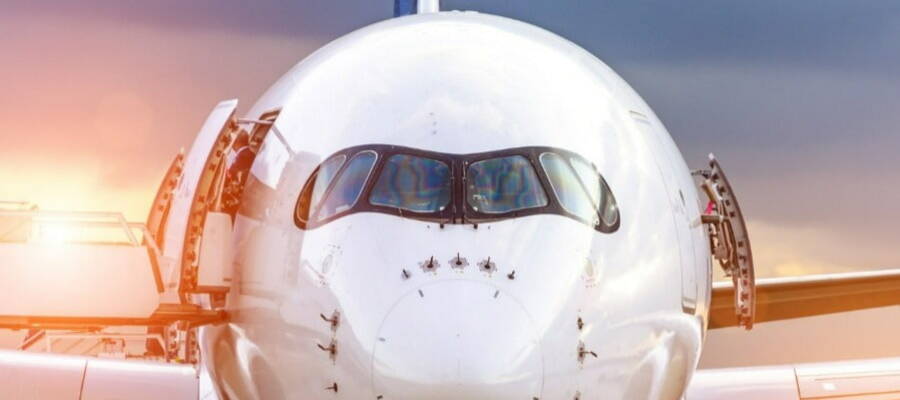After another challenging year in 2021, the aviation industry is trending towards a steady recovery. We are seeing many positive indicators in the market and from our partners, with increased hiring activity in many areas. We look back at developments in 2021, and at what staffing opportunities and challenges the first half of 2022 will hold.
2021 in review
People want to travel. Even through the challenges of 2021, new airlines were still being founded. As large airlines pulled out of unprofitable routes, new entrants sprung up to fill those gaps. Whenever the option became available aircraft were filled with leisure travelers who were tired of staying at home. This year has shown that the industry is resilient and that the current situation can only ever be temporary.
The Dubai Airshow in November showed us that many airline leaders are confident in a recovery, with many orders placed for new aircraft. Even with a new Omicron variant now identified and the possibility of other variants arising, airlines are betting on a return to relatively normal air travel in the foreseeable future.
In Asia-Pacific, travel recovery has remained stubbornly slow. A mixture of Covid ongoing outbreaks and limited travel coming out of China has frustrated the growth of the region. Government assistance and buyouts continue in the region as airlines look for ways to remain viable.
As more countries announced plans to open their borders, Asia-Pacific carriers quickly looked to fill those gaps. Vietnam Airlines is launching flights the US, Fiji Airways is resuming operations in December, Australia easing restrictions, New Zealand is opening to travelers in April 2022, and other similar developments will continue to drive growth in this challenging region.
On the other side of the world, the US and Canada have boomed in late 2021 as travel demand soared and staff supply sharply decreased. Airlines in the US are engaging in large-scale hiring and training programs that has already caused staff shortages in other parts of the world. Activity in the US is likely to increase candidate expectations globally around their pay and compensation.
In Europe, travel demand has fluctuated month to month with a general trend towards recovery. The effect of reduced seasonal capacity has no doubt been felt in Africa and the Middle East; however many Middle Eastern carriers are now confidently operating at higher capacities.
Even with the ongoing uncertainties, we can still expect to see the following staffing trends in the first half of 2022 -
1. Large recruitment drives for sudden operational increases
Restrictions from Covid can lift quickly and with little advance notice from governments. We’ve already seen some operators needing to scale staffing operations at very short notice, and more operators will likely face this challenge in 2022. Airlines must plan for a range of possible situations and timelines when considering their near-term staffing plans. Considering that pilots may need to wait 6 months for re-certification, airlines will need creative solutions of how to quickly fill these gaps.
2. Increased pay rates
Increasing pay rates in recovering markets will drive up pay rates globally. Operators in recovering markets will remain challenged by the economics of not just how to return to profitability, but also how to grow their operations. As immigration restrictions ease globally, qualified personnel will have more choice of employers that provide the highest pay rates. How staff are engaged, and on what terms, will be important factors when planning operations.
3. Covid disruption will decrease
As vaccinations are rolled out globally, markets will move to greater stability and air travel will become more predictable. In Asia-Pacific the situation will likely remain unpredictable, however North America and Europe have a more positive outlook with some carriers already operating at pre-pandemic levels. Qualified aviation personnel will no doubt be looking to move their careers to fast recovering markets, creating a challenge for airlines still dealing with border restrictions.
While 2021 was a difficult year, I am not alone in my optimism that 2022 will be a much-improved situation as we return to normal. Myself and the team at Rishworth wish all our partners all the best for 2022 and happy New Year.


